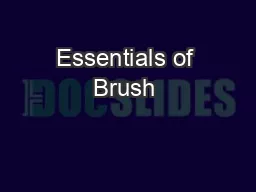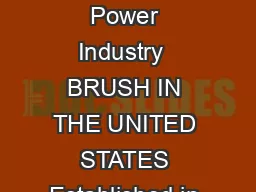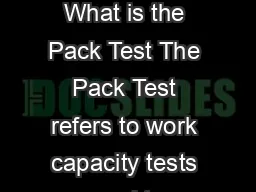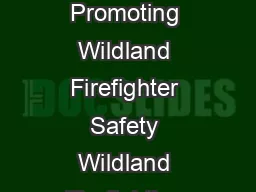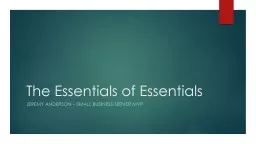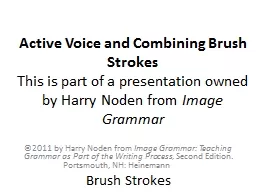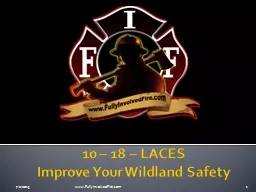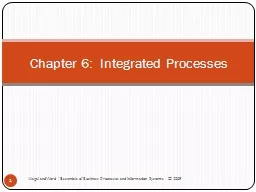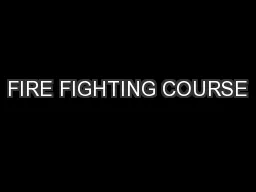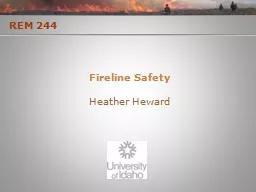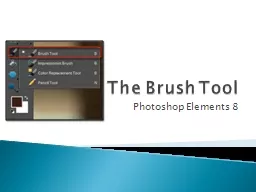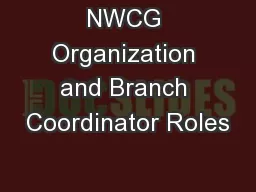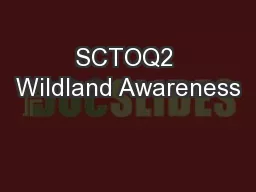PPT-Essentials of Brush & Wildland Firefighting
Author : celsa-spraggs | Published Date : 2019-11-23
Essentials of Brush amp Wildland Firefighting Updated August2019 References Essentials of Fire Fighting Chapter 15 5 th Edition National Wildfire Coordination Group
Presentation Embed Code
Download Presentation
Download Presentation The PPT/PDF document "Essentials of Brush & Wildland Firef..." is the property of its rightful owner. Permission is granted to download and print the materials on this website for personal, non-commercial use only, and to display it on your personal computer provided you do not modify the materials and that you retain all copyright notices contained in the materials. By downloading content from our website, you accept the terms of this agreement.
Essentials of Brush & Wildland Firefighting: Transcript
Download Rules Of Document
"Essentials of Brush & Wildland Firefighting"The content belongs to its owner. You may download and print it for personal use, without modification, and keep all copyright notices. By downloading, you agree to these terms.
Related Documents

